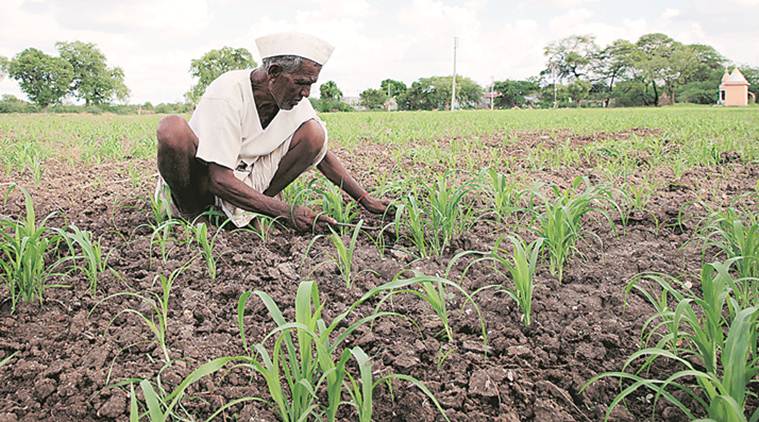- India
- International
Rainfall decreasing over key agrarian states in Ganga, Brahmaputra river basins: IMD study
Changes in rainfall-bearing systems have been mainly attributed for this variation observed from 1989 to 2018, for which district-wise and state-wise rainfall was analysed.
 The states showing more dry days in the monsoon include coastal Andhra Pradesh, Bihar, north Chattisgarh, Jharkhand, Madhya Pradesh, Odhisha, Uttar Pradesh and West Bengal. (File photo)
The states showing more dry days in the monsoon include coastal Andhra Pradesh, Bihar, north Chattisgarh, Jharkhand, Madhya Pradesh, Odhisha, Uttar Pradesh and West Bengal. (File photo)
Rainfall received over the Ganga and Brahmaputra river basins during the Southwest Monsoon season has decreased in the last three decades, according to a study by the India Meteorological Department (IMD).
This covers the states of Uttar Pradesh, Bihar, West Bengal, Himachal Pradesh, Nagaland, Meghalaya and Aranachal Pradesh. This can have a significant impact, both on the water reserves and agriculture activities, over these states, which have a large number of residents dependant on agriculture for a living.
Changes in rainfall-bearing systems have been mainly attributed for this variation observed from 1989 to 2018, for which district-wise and state-wise rainfall was analysed.
“It could be due to lesser number of rain-bearing synoptic systems, like depressions, that get formed in the vicinity of these states. Both Ganga and Brahmaputra basins have shown a decline in rainfall during 1989 – 2018,” Pulak Guhathakurta, study lead and head of hydrometeorology, IMD Pune, told The Indian Express.
There are two main regions in the country — along the west coast, Konkan region and the northeast, covering Meghalaya — which record very high amounts of rainfall in India. At some locations here, the seasonal rainfall recorded from June to September can go up to 4,000 mm.

Surprisingly, Meghalaya, home to one of the wettest locations in the world, is slowly showing a declining rainfall trend. “For the last 10 to 15 years, most of northeast regions have showcased a decrease in rainfall. This is because many synoptic systems recurve and leave the northeast regions devoid of rainfall during the Southwest Monsoon,” explained Guhathakurta.
Met officials suggest that moderate rainfall throughout the season results in better groundwater recharge, dam resource managements and pertinently, helps agricultural activities. However, the study has found an alarming increase in dry days.
The states showing more dry days in the monsoon include coastal Andhra Pradesh, Bihar, north Chattisgarh, Jharkhand, Madhya Pradesh, Odhisha, Uttar Pradesh and West Bengal.
On the contrary, fewer dry days were found over Karnataka, Maharashtra, Rajasthan and Punjab during the three decades under consideration. Additionally more rainy days were recorded over Kutch-Saurashtra, Gujarat, north Tamil Nadu, Manipur, Mizoram and Uttarakhand.
Lowest state-wise rainfall was recorded over Tamil Nadu (311.7mm) and Rajasthan (414.2mm) whereas Goa (2,878mm) received the highest rainfall among Indian states during the three decades.
Click here to join Express Pune WhatsApp channel and get a curated list of our stories
Must Read
Apr 23: Latest News
- 01
- 02
- 03
- 04
- 05




































